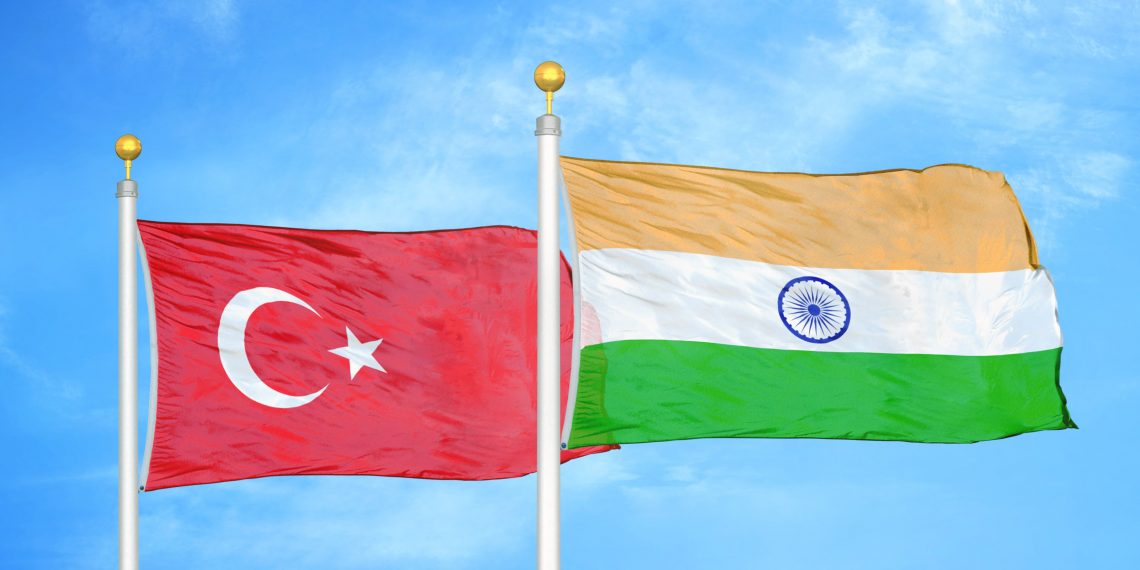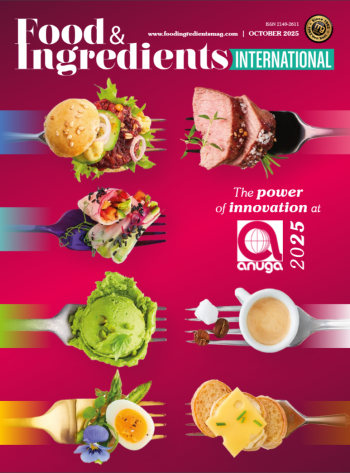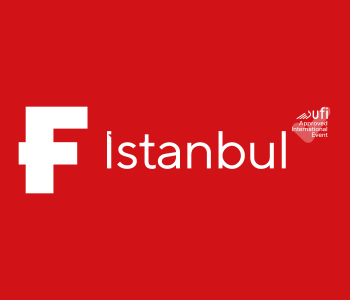AA – Given the trade links of the two nations, Turkish President Erdogan’s latest visit to India along with strong business delegations in May 2017 marked as a huge contribution to the revival of the bilateral trade. While the trade volume between the two countries has achieved a steady growth recently, the bilateral trade volume surpassed 9 billion dollars at the end of 2021, of which about 1.5 billion dollars are exports of Türkiye. Turkish Airlines plays a big role to fuel increased trade between the two countries, besides tourism interactions. To increase the number of mutual tourists and foster people-to-people engagement between the two countries, Turkish Airlines and IndiGo have a codeshare partnership since 2018.
Currently, both nations have been redefining their engagements regionally and globally, while both are eager to be self-sufficient in defense and technologic issues. Bilateral relations have even managed to find a common ground amid sour times caused by some misunderstandings. In early 2020, India contracted with a 2.3 billion dollars deal to manufacture fleet support vessels (FSVs) in collaboration with TAIS, a consortium of Türkiye’s top five leading shipyards. In late 2020, a defense ministry-related work in Atal Tunnel on the Leh-Manali Highway was completed by Savronik, a Turkish tech firm.
The bilateral relationship of Türkiye and India has yet to reach its full potential. There is still huge room for further advancing the bilateral cooperation. Indeed, Türkiye and India offer many cooperation opportunities to each other in key issues from commerce and investment to infrastructure/connectivity and tech/science, and on common challenges from climate change and UN reforms to maritime security and terrorism. India has a special place in Türkiye’s Asia Anew Initiative, while Türkiye will most likely find its special place in India’s Look West policy. Once the both nations not to allow their differences and external factors to dominate their relations and understandings, a bright future shall be waiting for the bilateral ties pumped through historical-cultural bonds and tourism-commercial links.



















